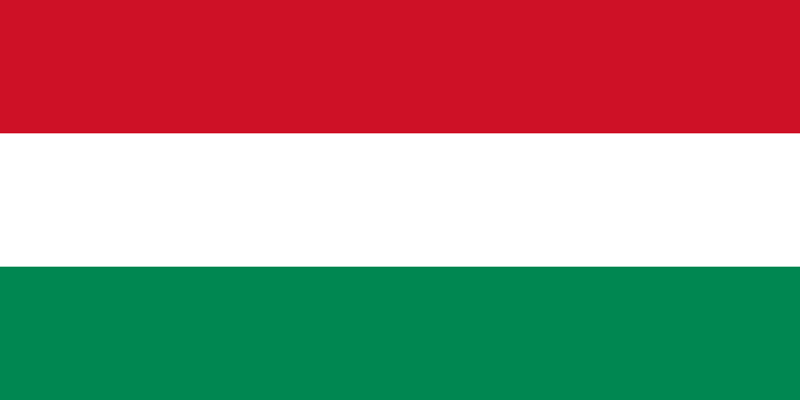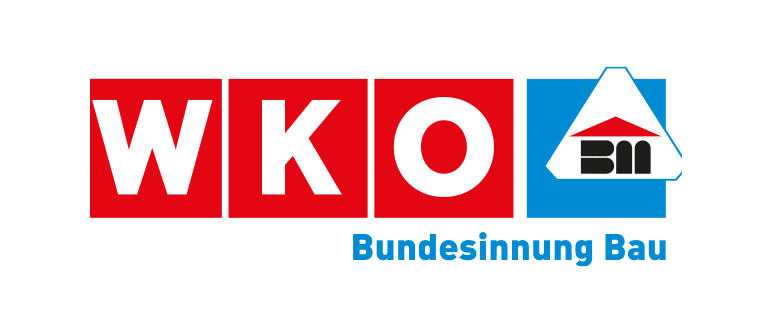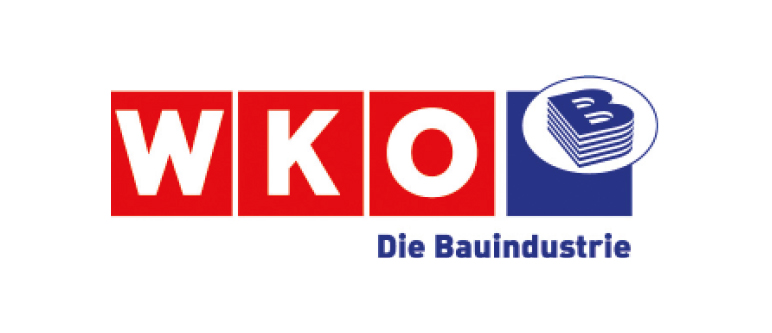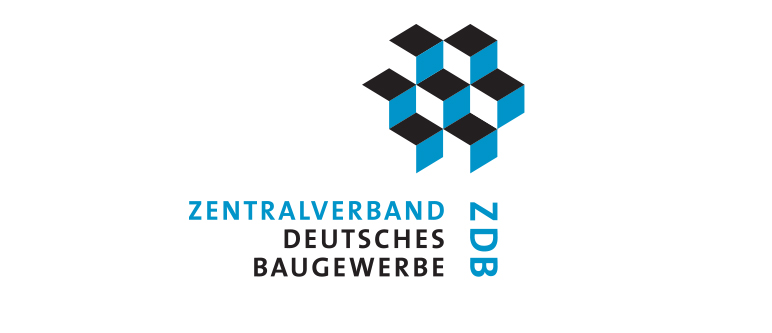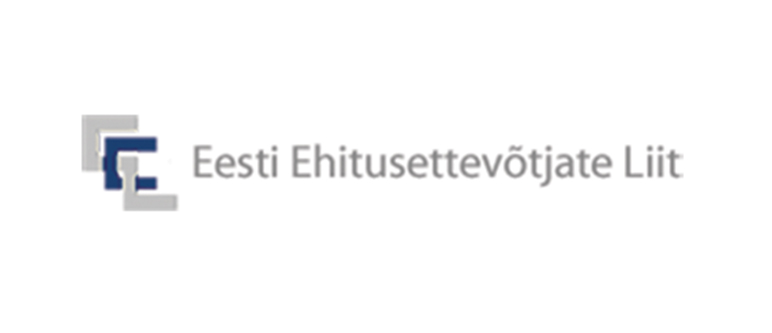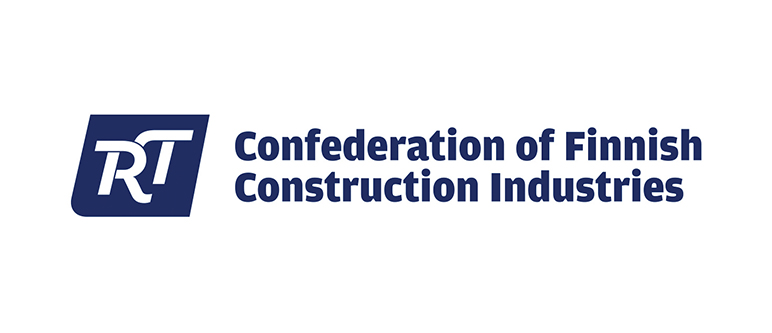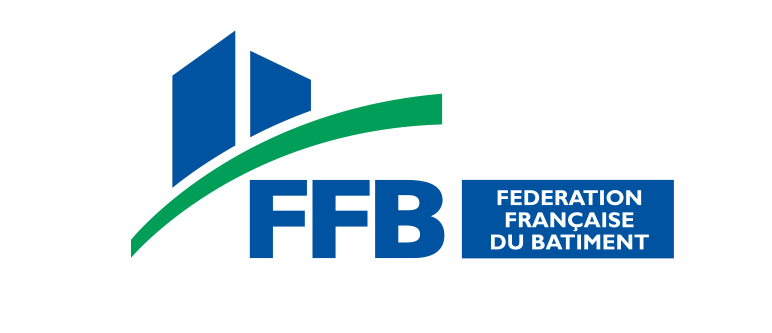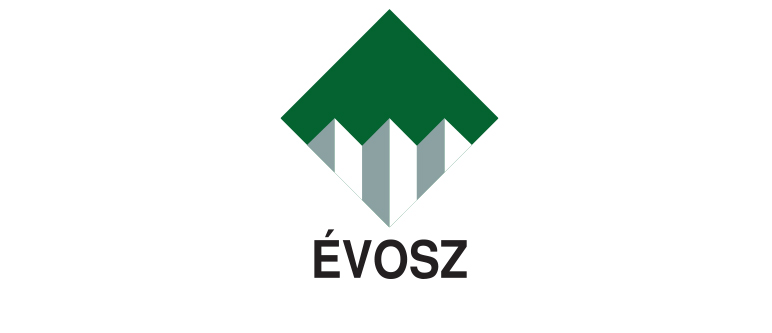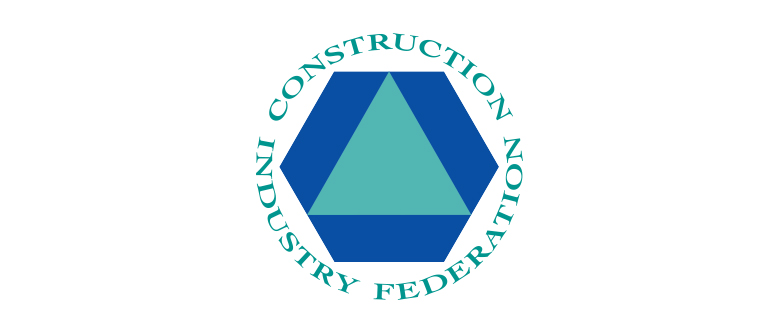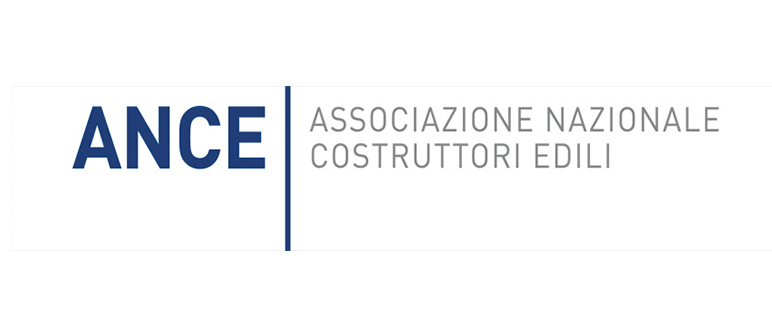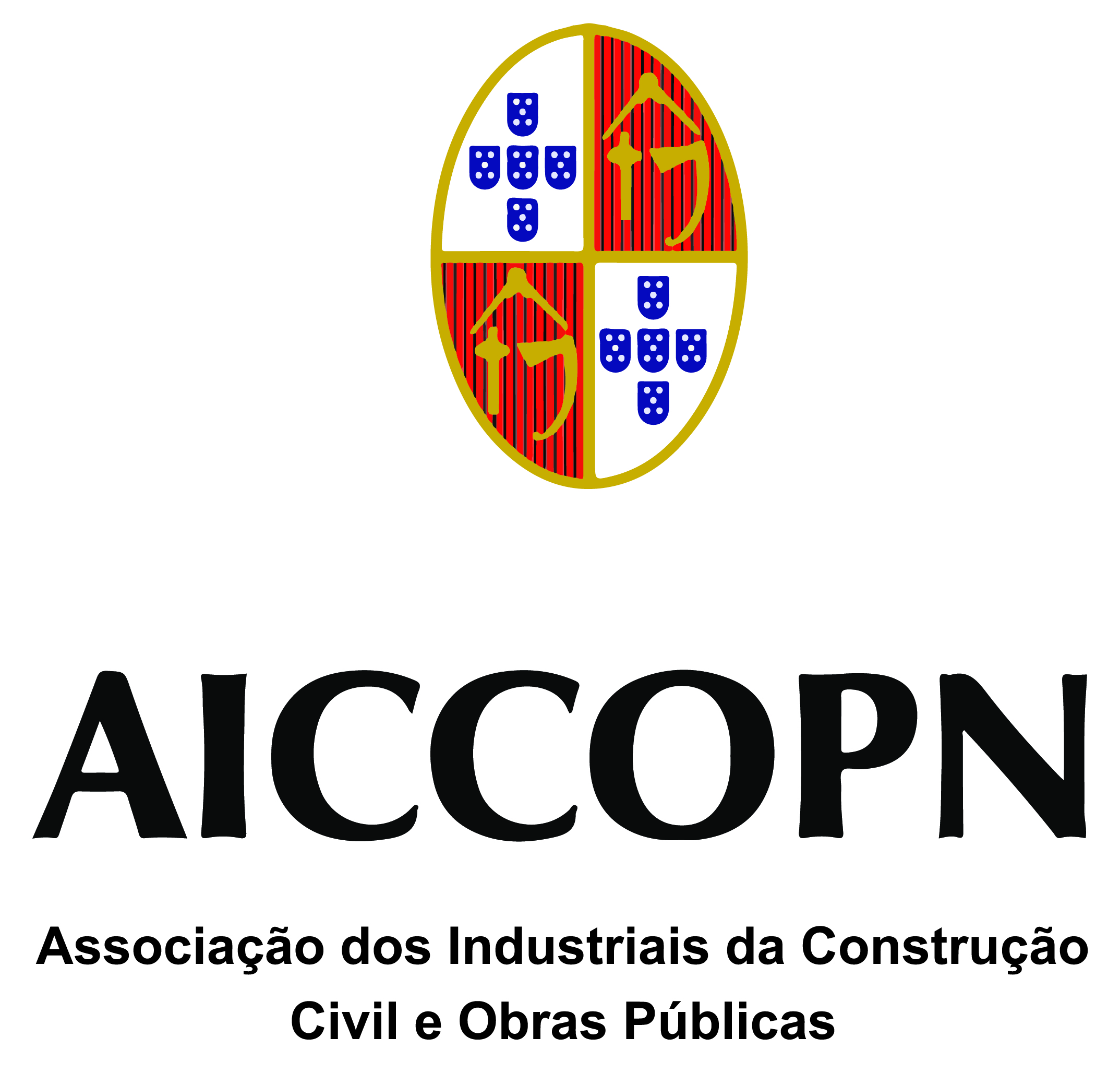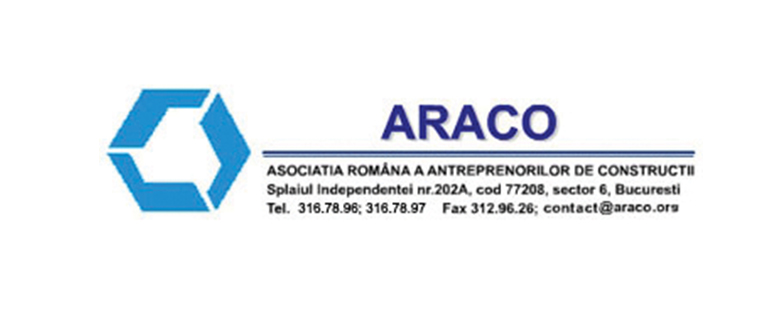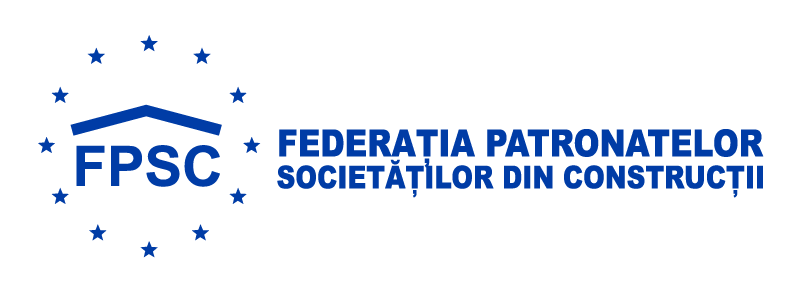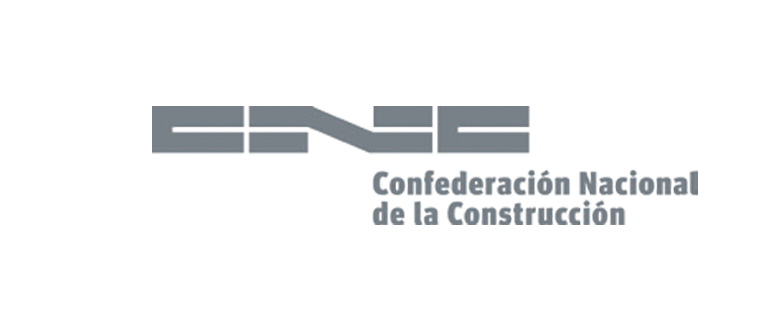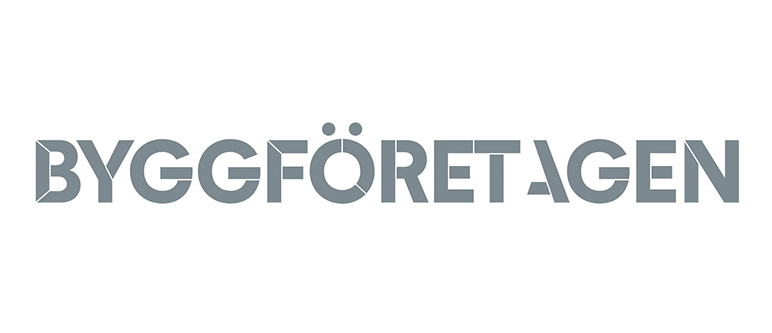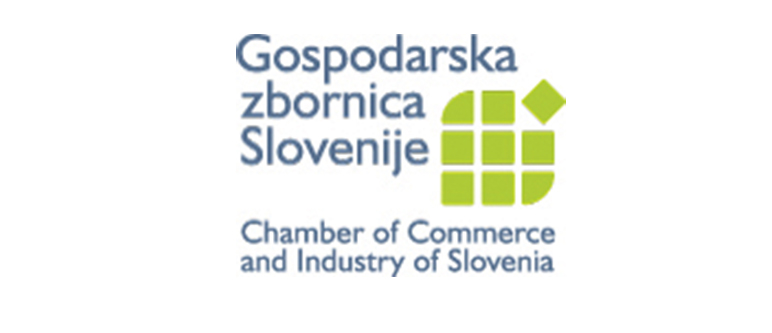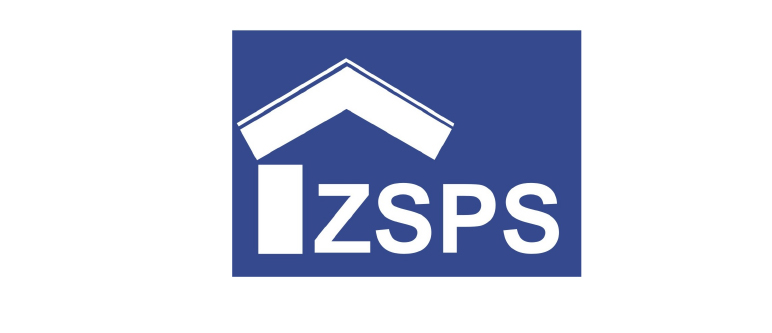Overall construction activity
In 2024 the construction output was 19,65 billion EUR (7 766,9 billion HUF) at current prices, 0,4% lower than in 2023. Within this, the construction of buildings went down by 0,5, that of civil engineering lessend by 0,1%. The volume of new contracts concluded went down by 2,6% in 2024, within it the volume of contracts for the construction of buildings was 4,1% lower, the volume regarding civil engineering works declined by 0,9%. The value added of construction to the GDP in 2024 was 0,6% lower compared to previous year. The performance of construction did not affect significantly the volume of GDP.
In 2024 the volume of construction investments fell by 14,6% compared to the previous year.
The volume of the end-of-December stock of contracts at construction enterprises was 15,7% higher than one year earlier, within it the volume of contracts was up by 2,7% for the construction of buildings and grew by 24,9% for civil engineering works compared to December 2023.
Housebuilding
In 2024, 13 295 new dwellings were built, 29% fewer than a year earlier. The number of dwellings to be built ont he basis of issued construction permits and simple declarations issued was 20 494, 4,7% fewer than in 2023. Construction sentiment fell in the larger cities: by 12% in the capital and by 5,6% in the towns of county rank. A slight increase was recorded in the other municipalities: 2,0% more housing construction was initiated in towns of non-county rank and 1,1% more in villages.
The share of dwellings built by natural persons increased from 36% to 38%, while that built by enterprises decreased from 64% to 61% compared to 2023.
50% of dwellings put into use in new residential buildings are in detached houses, 44% in multi-dwelling houses and 3,4% in residential complexes. In terms of composition, this represented a decrease of 0,6 percentage points for multi-dwelling housing and an increase of about 4 percentage points for detached houses. The proportion of dwellings handed over in residential complexes fell to less than half.
Based on the new construction permits issued, a total of 8 671 residential buildings were planned, which represents a stagnation compared to the previous year (-0,7%). The proportion of planned single-dwelling residential buildings was 79%, with a total of 6 848 units.
Non-residential construction
The number of planned non-residential buildings was 3 530, 12% fewer than a year earlier.
GDP 2024
BILLION
POPULATION 2024
Total investment in construction in 2024
BILLION
Civil engineering
The production volume of civil engineering lessend by 0,1% compared to 2023. The volume of new contracts regarding civil engineering works declined by 0,9% in 2024. Construction pices in civil engineering increased by 7,0% compared to 2023.
Prices of construction materials
Building materials price index in December 2024 was 106,8% compared to December 2023.
Number of building permits in residential construction



